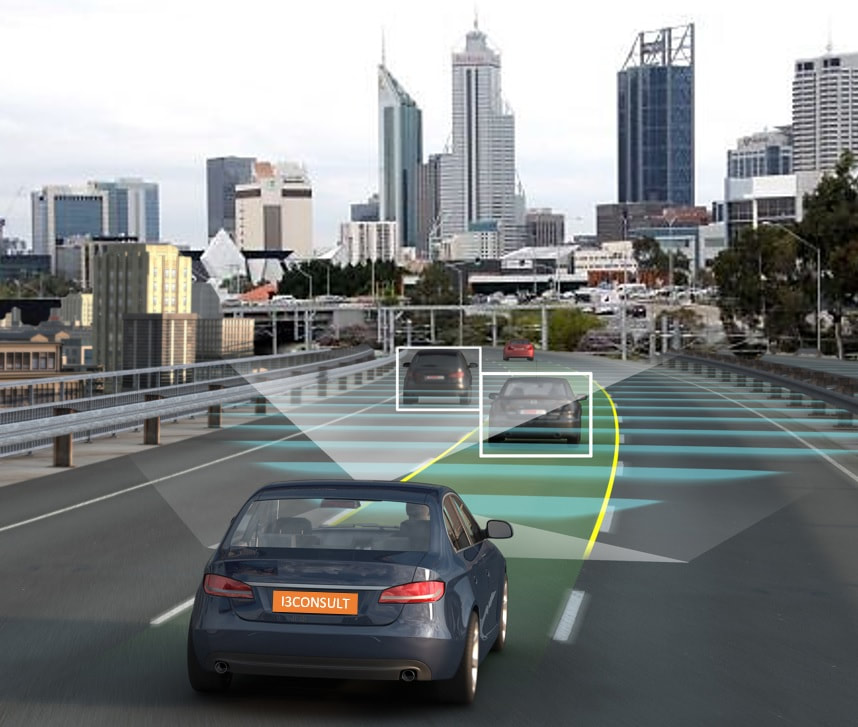|
Approving authorities regularly ask for 10-year horizons in Traffic Impact Assessments.
I recently reviewed a traffic modeling report prepared for the Year 2031. The modeling report used straight line traffic growth of 1.5% per annum. This model was accepted by the approving authority as a “robust model”. In the next five years, i.e. by 2023, autonomous cars will be widely available in Australia and it has been predicted that by 2040 these vehicles will account for half of all road travel. It has been suggested that autonomous cars will:
Some researchers argue that the disruption brought about by autonomous vehicles, including mobility-as-a-service could double or triple road capacity due to its ability to operate synchronously and with greatly-reduced spacing compared to manually-driven vehicles. There are many published papers and articles regarding the impact of autonomous vehicles with various findings and predictions. Some believe the disruption will be similar to the Beta VCR, 8 Track Cassette Players and the Y2K bug (for the more experienced readers) whilst others believe it will be more like the disruption brought about by the iPhone, which was only 10 years ago! A common theme is that while we cannot plan for this with a high degree of certainty, we should at least be preparing for it. So how does this relate to Traffic Impact Assessments? Should we:
The implications of overestimating traffic impacts and car parking demand associated with traffic generating developments are significant. If we don’t change our current practices, we will see significant funds being poured into transport infrastructure projects that may not be required in the very near future. I don’t have the answer so I’m looking forward to comments.
0 Comments
The NT Department of Infrastructure, Planning and Logistics has admitted it failed its duty of care and apologised to the family of a man who was killed when his motorcycle crashed into substandard roadworks diversions. A two-day coronial inquest finished in Darwin Local Court on 25th October 2017. The focus of the inquest was why a compliant safety plan for road works during the major duplication of Tiger Brennan Drive wasn't followed. A motorcyclist was riding home from work in the early hours of April 29 last year, when he failed to navigate a curve in a traffic diversion. He appeared to follow a marked white line, which led directly into a barricade. He was thrown into a trailer and died instantly, while his bike came to rest more than 130 metres away. The motorcyclist was found to be four times over the legal blood alcohol limit and had cannabis in his system. The coronial heard his reaction time and how he rode would have been effected, but a traffic safety expert told the coronial that the site "Rated up there as some of the most deficient in road work set-ups I've seen”. The most critical elements were:
The department admitted it had been a mistake and there had been a failure to ensure that the managing contractor compiled with the appraised and approved traffic control diagram. The department indicated that it conducted random checks and believed it could delegate responsibility to the contractor to ensure safety.
The Coroner told the court that wasn't good enough, that the department had a duty of care to the public. The findings will be handed down at a later date. If you answered "the bloody big tree in the middle of the road" you win. Unfortunately the local council does not agree with you. It thinks the gravel verge on the left, with a footpath through it, is such a big hazard that it has issued a letter to the resident telling them to remove it within 28 days or they will do it for them and send them the bill. For the record, the assessed roadside hazards and severity indices for vehicle impacts at 50 km/h are shown below. Not only does the tree have a severity index 34 times greater than the gravel verge, it is more likely to be struck as it is in the centre of the road and close to the traveled path in both directions. It is also on the outside of a bend, further increasing the likelihood of being struck.
The Australian Transport Council has reported that the chances of surviving (yes, surviving) a crash decrease markedly above 30 to 40 km/h for a vehicle striking a tree and defines any tree with a diameter greater than 100 mm diameter as a hazard. This tree is a significant roadside hazard but for some reason, the local council has determined that it can stay. The insignificant roadside hazard, the gravel verge, has to go within 28 days. In the words of Charles Wade "It's so senseless that it's unbelievable". |
AuthorDavid Wilkins, Principal & Senior Traffic Engineer. Archives
August 2023
Categories
All
|





 RSS Feed
RSS Feed